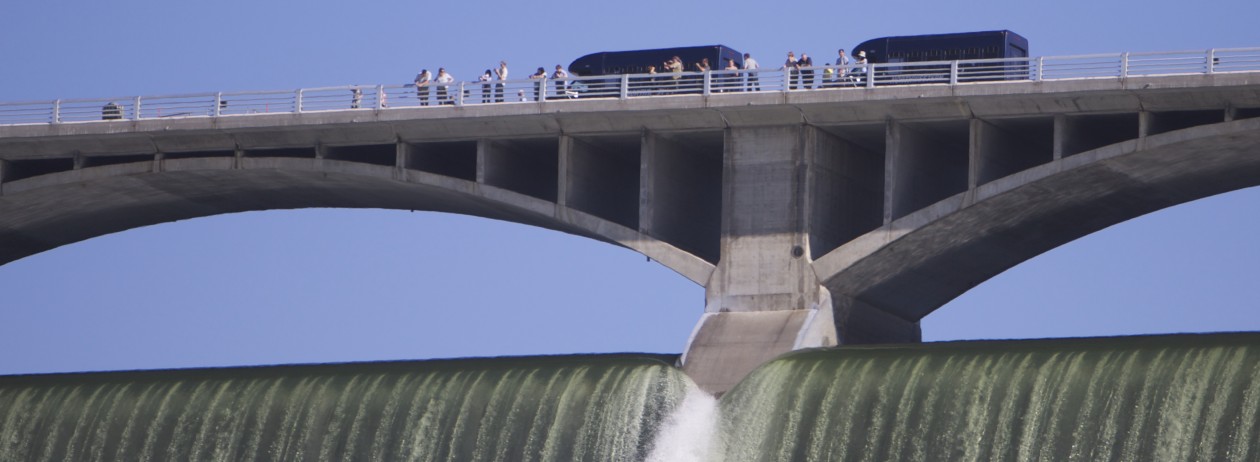
I love the spring. As the local vegetation starts to green up, little tufts of green grass start to grow among the sagebrush. Soon dozens of varieties of wildflowers will spring up.
Our lakes are an obvious asset, but to those unfamiliar with our semi-arid desert, a less obvious thing of beauty (perhaps especially if you’re here from a more tree friendly section of the state) is our landscape full of hiking areas.
One of the most popular in the late spring is Steamboat Rock, the namesake landmark of Steamboat Rock State Park. It’s a great hike to the top, at one point very steep, but the vista is a reward you won’t forget. You can see the big rock that stands in the middle of the Grand Coulee back in the distance in the photo.
If you want to take the hike, let a park ranger know you’re heading up to the top, just so they’re aware someone is up there and to let them give you any tips you might need to know.
If you go, tell us what what you think in the comments!


